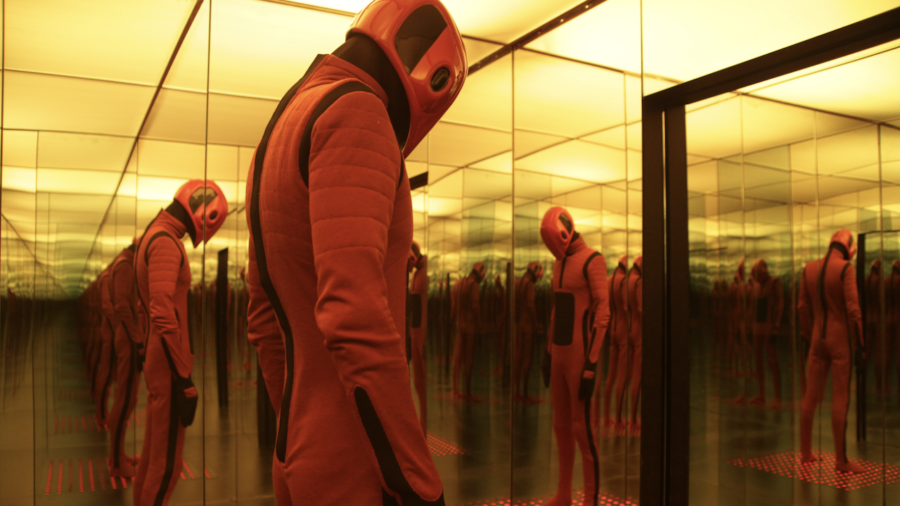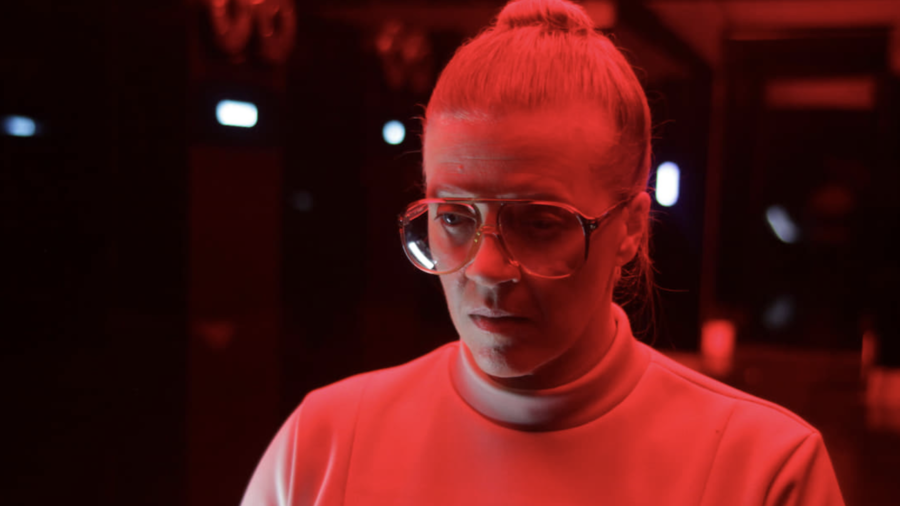Beyond The Black Rainbow Movie Review

Before starting any film, I understand there’s a risk that it may not be my liking and that might be my own fault. Perhaps my knowledge of cinema — or lack thereof — puts me beneath the flick, and perhaps age and further maturation will at some point unlock a previously untapped appreciation. However, this is not the case with Beyond the Black Rainbow, which is an aesthetically gorgeous, low-budget exercise in plodding storytelling.
Unlike truly awful movies, Beyond the Black Rainbow deserves to be watched exactly once. But it doesn’t really provoke any post-viewing questions other than, “What the fuck was that?”
First-time filmmaker Panos Cosmatos — sons of Tombstone director George P. Cosmatos — created 2010’s Beyond the Black Rainbow as a throwback to 1980s science fiction, specifically to the cool covers of VHS tapes that he wasn’t allowed to watch in his youth.
There are indeed films that this one calls to mind, such as 2001: A Space Odyssey, THX 1138, and even The Jetsons, given its futuristic feel. But Beyond the Black Rainbow feels like the first 10 minutes of 2001 stretched to nearly two hours and filmed with colored lens filters. It’s easy to forget that there is an actual story behind it all.
Beyond the Black Rainbow is set in 1983 and follows Barry Nyle, played with professional detachment by Michael Rogers (Continuum), a scientist working at the Aboria Institute, a New Age research facility founded by Dr. Mercurio Aboria (Scott Hylands) in an effort to find perpetual happiness.

Some of those efforts include drugs. In fact, a lot of Beyond the Black Rainbow feels like it was created specifically to become a movie for people to watch while they’re on hallucinogens.
Nyle is keeping Aboria’s telepathic daughter Elena (Eva Allen) locked up within the facility, having figured out a way to block her psychic abilities. All she wants to do is see her father, and all Nyle wants is…well, that part isn’t always clear.
I understand the intentions of the bare-bones Beyond the Black Rainbow narrative, keeping facts murky while the on-screen visuals change colors and fade in and out, but you could list everything that happens in this movie on the back of a business card.
To go any deeper into a synopsis would be doing the film a disservice because it would spoil things. Possibly. What I will say is that Beyond the Black Rainbow features some of the most anti-climactic final minutes in film history, and I can’t spoil that because the film does it for me.
I really do hate shitting on Beyond the Black Rainbow‘s plot, because it’s interesting at its core, and Cosmatos’ direction is assured and provokes feelings. Beyond the Black Rainbow is one of the most interesting-looking features I’ve seen in some time, and it would look great playing on the walls of some nightclub while bass-driven music rattles the walls. Speaking of, even the soundtrack and sound design are right on the money, grounding the film in the 1980s just as much as the design of the chairs.
There aren’t many other characters to speak of, either. Margo (Rondel Reynoldson) is one of Nyle’s employees and plays a role in his experiment. Marilyn Norry (Battlestar Galactica) plays Nyle’s clueless wife, Rosemary. Chris Gauthier (Eureka) makes a cameo late in the film. And I feel like “Reflective Surfaces” should have a credit, given how many of them there are.
I’d love to say that Beyond the Black Rainbow is a wonderful film that gets the whole of my blessing, but rarely have I checked the time bar on the bottom of the screen as many times as I did with this one, nearly quitting in the middle to move on to something else. But something told me to keep going. Something…telepathic.
See Beyond the Black Rainbow if you like: the colors red, white, and blue; movies that don’t feature rainbows; science fiction that starts up a far more interesting conversation; watching a triangle for many seconds at a time.













